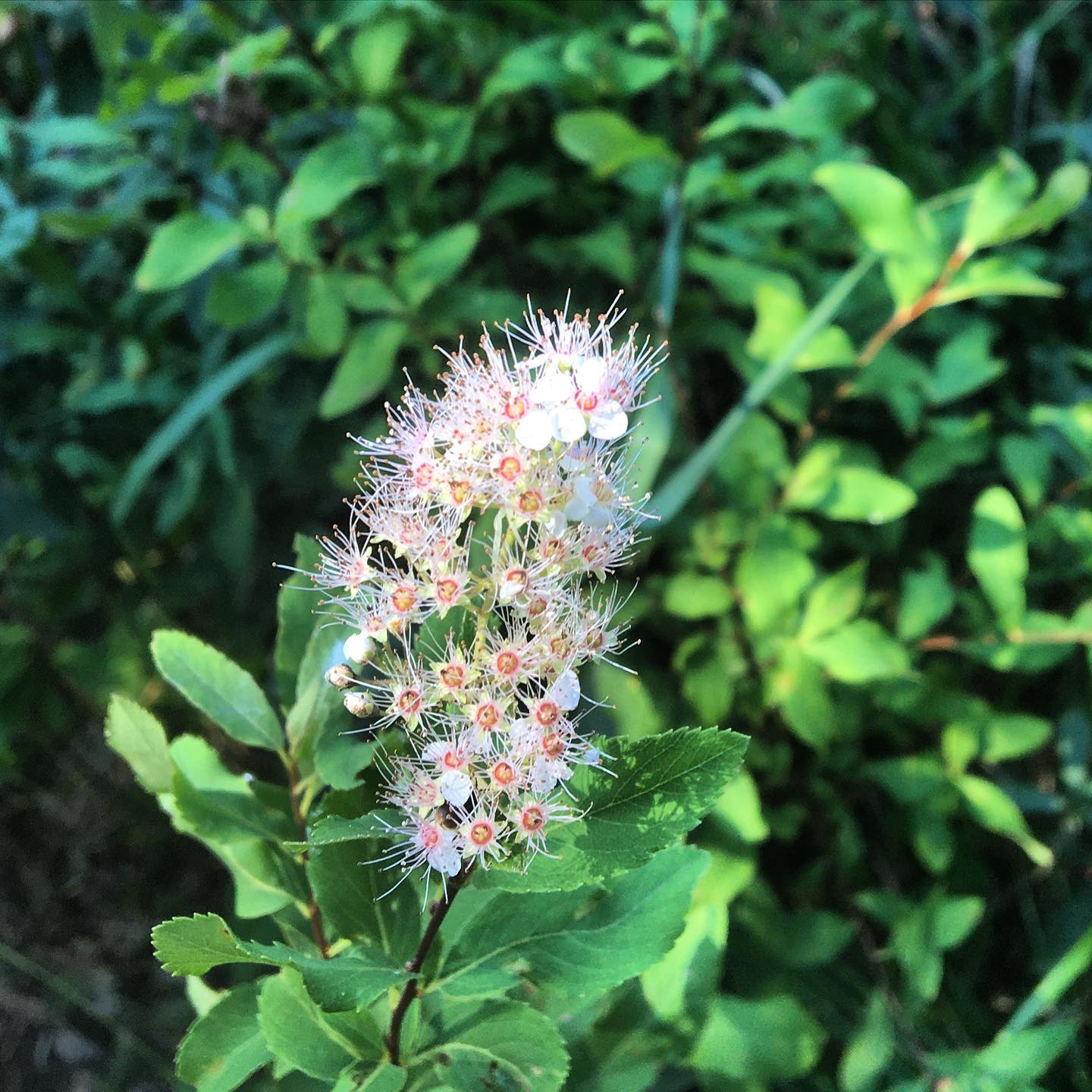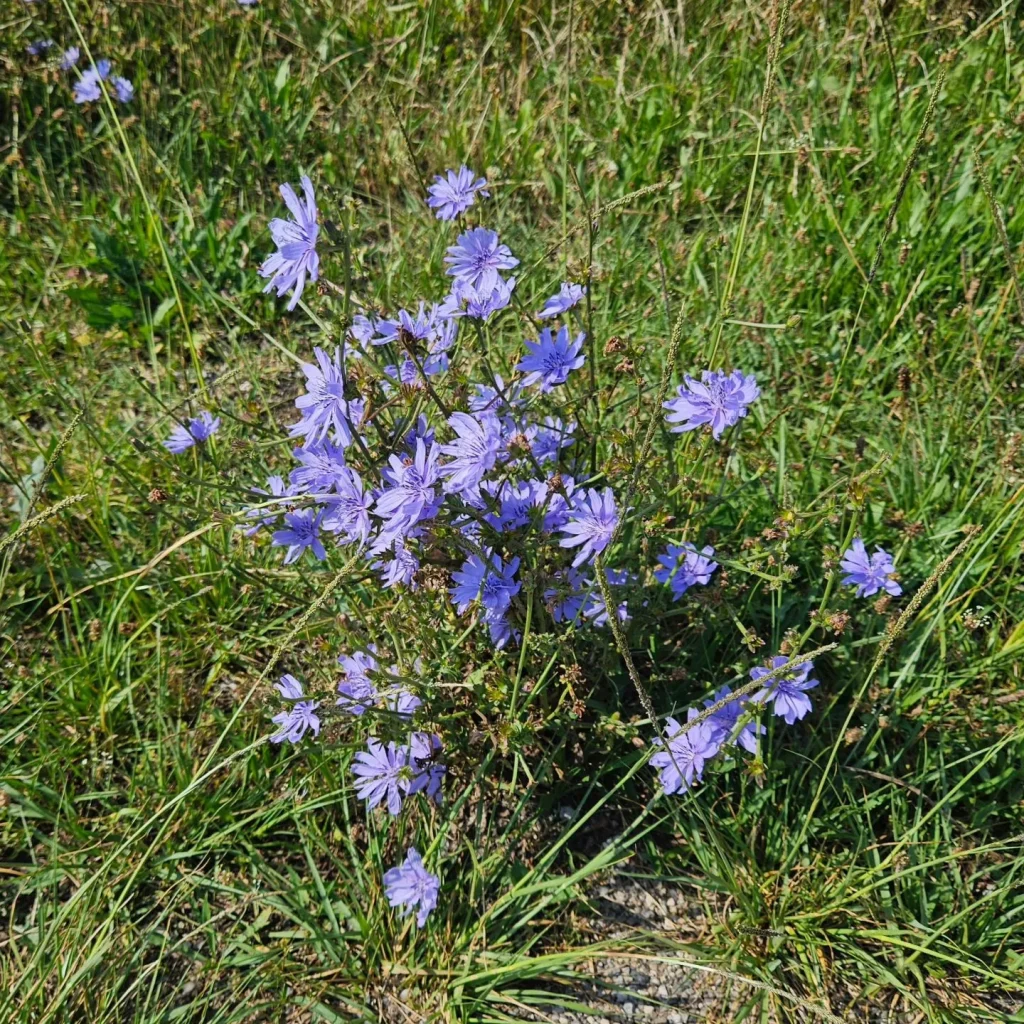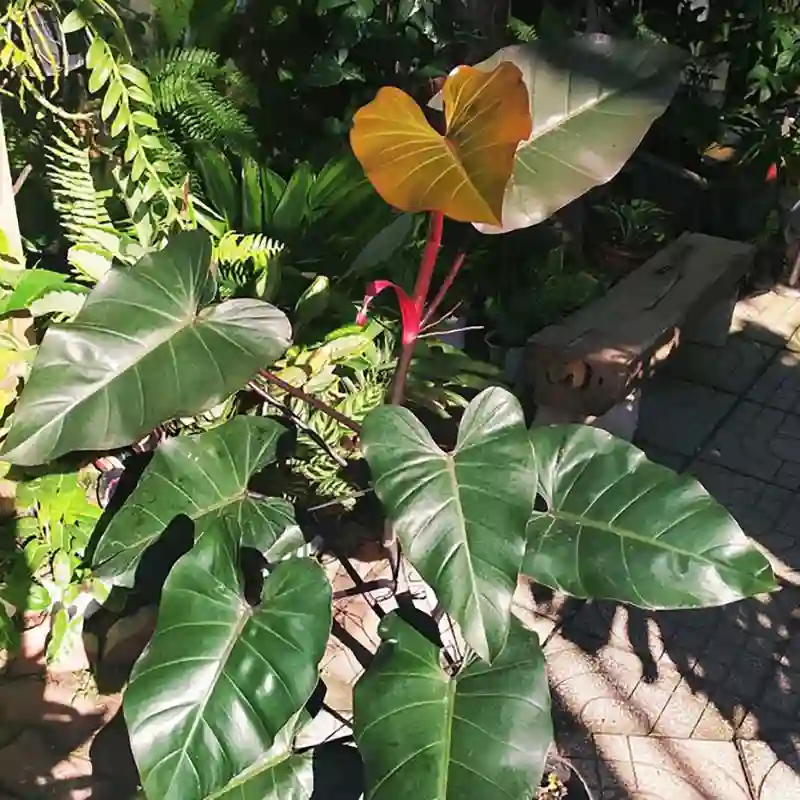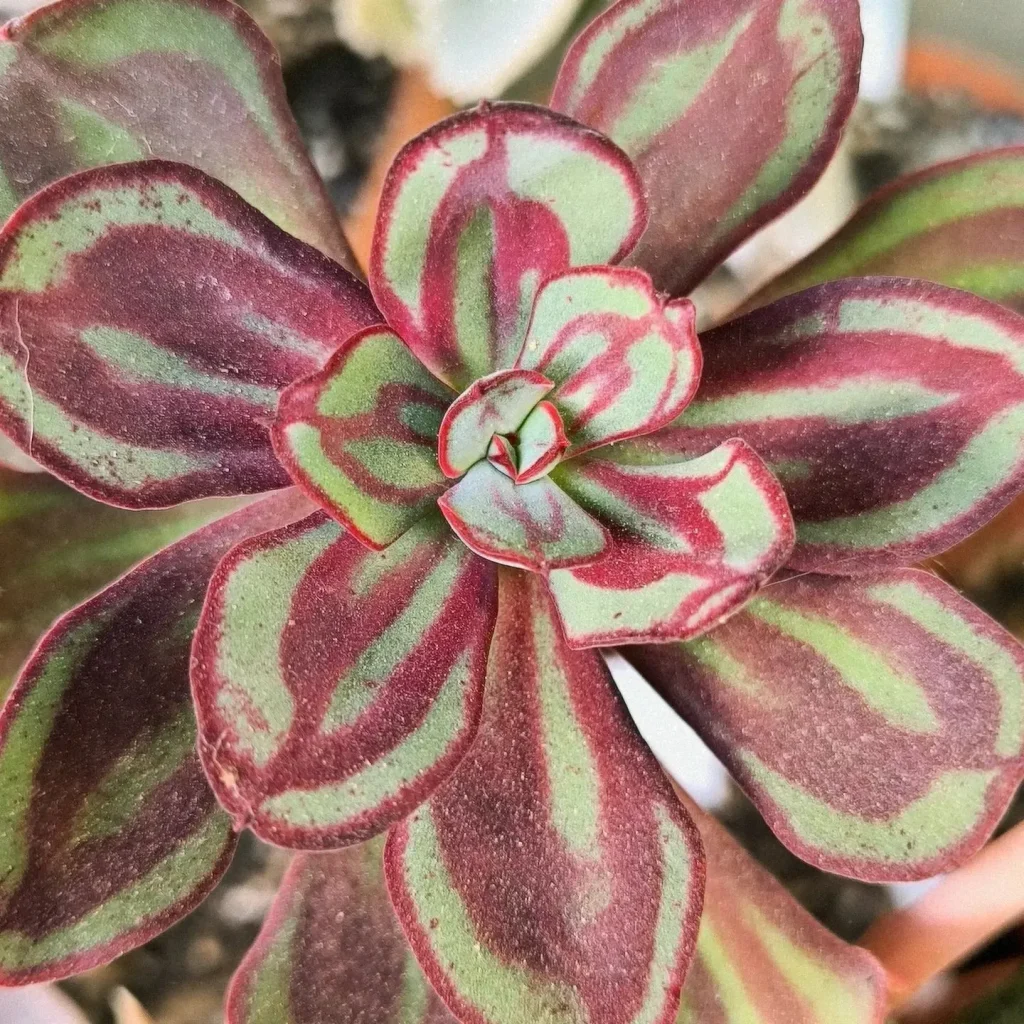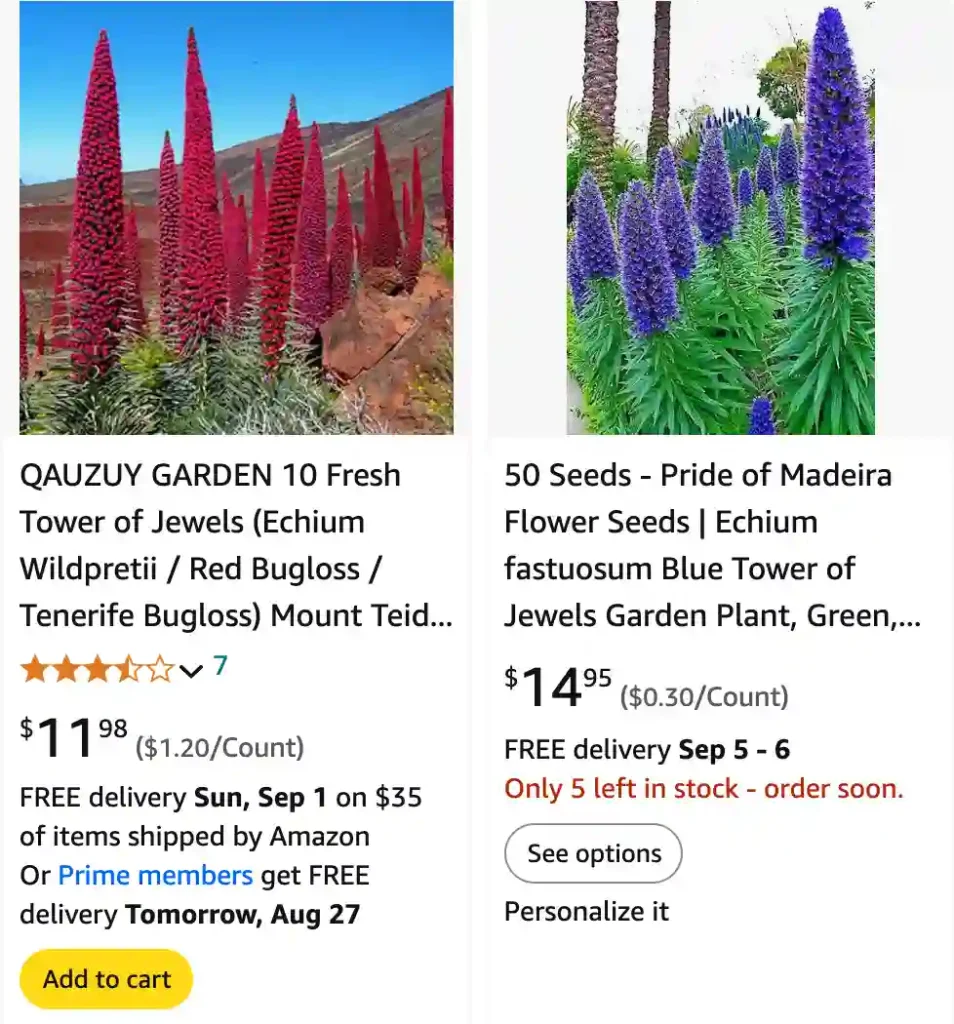
What is Echium?
Echium, often known as Viper’s Bugloss, is a fascinating genus of flowering plants belonging to the Boraginaceae family. With over 70 species, Echium is celebrated for its striking, often blue or purple, spike-like flowers that attract a wide range of pollinators, including bees and butterflies. These hardy plants are native to the Mediterranean region but have adapted to various climates. Their resilience and beauty make them popular in gardens, especially for those seeking to add a touch of vibrant color and attract wildlife.
Echium species
- Echium acanthocarpum Svent.
- Echium aculeatum Poir.
- Echium albicans Lag. & Rodr.
- Echium amoenum Fisch. & C.A.Mey.
- Echium anchusoides Bacch., Brullo & Selvi
- Echium angustifolium Mill.
- Echium arenarium Guss.
- Echium asperrimum Lam.
- Echium auberianum Webb & Berthel.
- Echium × bailaderense A.A.Weller
- Echium bethencourtii A.Santos
- Echium boissieri Steud.
- Echium × bond-spraguei Sprague & Hutch.
- Echium bonnetii Coincy
- Echium brevirame Sprague & Hutch.
- Echium callithyrsum Webb ex Bolle
- Echium candicans L.f.
- Echium canum Emb. & Maire
- Echium clandestinum Pomel
- Echium creticum L.
- Echium decaisnei Webb & Berthel.
- Echium flavum Desf.
- Echium gaditanum Boiss.
- Echium giganteum L.f.
- Echium glomeratum Poir.
- Echium handiense Svent.
- Echium hierrense Webb ex Bolle
- Echium horridum Batt.
- Echium humile Desf.
- Echium hypertropicum Webb
- Echium italicum L.
- Echium judaeum Lacaita
- Echium khuzistanicum Mozaff.
- Echium × lemsii G.Kunkel
- Echium leucophaeum (Webb ex Christ) Webb ex Sprague & Hutch.
- Echium × lidii G.Kunkel
- Echium longifolium Delile
- Echium lusitanicum L.
- Echium modestum Ball
- Echium montenielluense Delage
- Echium nervosum W.T.Aiton
- Echium onosmifolium Webb & Berthel.
- Echium pabotii Mouterde
- Echium parviflorum Moench
- Echium perezii Sprague
- Echium petiolatum Barratte & Coincy
- Echium pininana Webb & Berthel. Plant FAQs: Echium Pininana
- Echium pitardii A.Chev.
- Echium plantagineum L.
- Echium portosanctense J.A.Carvalho, Pontes, Bat.-Marques & R.Jardim
- Echium rauwolfii Delile
- Echium rosulatum Lange
- Echium rubrum Forssk.
- Echium sabulicola Pomel
- Echium salmanticum Lag.
- Echium simplex DC.
- Echium spurium Lojac.
- Echium stenosiphon Webb
- Echium strictum L.f.
- Echium suffruticosum Barratte
- Echium sventenii Bramwell
- Echium × taibiquense P.Wolff & Rosinski
- Echium tenue Roth
- Echium thyrsiflorum Masson ex Link
- Echium triste Svent.
- Echium trygorrhizum Pomel
- Echium tuberculatum Hoffmanns. & Link
- Echium velutinum Coincy
- Echium virescens DC.
- Echium vulcanorum A.Chev.
- Echium vulgare L.
- Echium webbii Coincy
- Echium wildpretii H.Pearson ex Hook.f. Plant FAQs: Echium Wildpretii
How to Grow Echium?
Growing Echium can be a rewarding experience, as these plants are relatively low-maintenance and offer impressive blooms. To start, choose a sunny spot with well-drained soil. Echium thrives in full sun and needs a well-drained soil mix to prevent root rot. Start by sowing seeds directly into the garden or in pots, typically in early spring. Ensure the soil remains moist until the seeds germinate, which usually takes 2-4 weeks. Once established, Echium is quite drought-tolerant, though occasional watering during dry spells can help maintain vigor.
How to Propagate Echium from Cuttings?
Propagating Echium from cuttings is a viable method if you want to replicate a particular plant. Begin by taking cuttings from healthy, mature plants in late spring or early summer. Choose semi-hardwood cuttings that are about 4-6 inches long. Remove the lower leaves, dip the cut end in rooting hormone, and plant it in a pot filled with a well-draining mix. Keep the pot in a warm, bright location but out of direct sunlight. Maintain consistent moisture, and after a few weeks, the cuttings should develop roots and can be potted up individually.
How to Collect Echium Seeds?
Collecting Echium seeds is a straightforward process that can help you propagate these plants in the future. Wait until the flower spikes have fully matured and turned brown. The seeds will be inside the dried flower heads. Cut the spikes off the plant and place them in a paper bag or container. Allow the seeds to fully dry before removing them from the flower heads. Store the seeds in a cool, dry place until you’re ready to sow them.
How to Protect Echium in Winter?
Echium is generally hardy but may need some protection in colder climates. If you live in an area with harsh winters, consider mulching around the base of the plants to insulate the roots. In regions where temperatures drop significantly, you might want to cover the plants with a frost cloth or garden fleece. For container-grown Echium, moving the pots to a sheltered location, such as a greenhouse or cold frame, can help prevent frost damage.
Is Echium a Perennial?
Whether Echium is a perennial depends on the species and the climate. In its native Mediterranean habitat, many Echium species are considered perennials. However, in colder climates, they may behave as biennials or annuals. For example, Echium pininana is often grown as a biennial in cooler regions, where it completes its life cycle in two years. Always check the specific requirements of the species you’re growing to understand its lifecycle and care needs.
Is Echium Invasive?
Some species of Echium can be invasive, particularly in areas where they are not native. For instance, Echium plantagineum, also known as Patterson’s Curse, is known to spread rapidly and outcompete native vegetation in some regions. If you are considering growing Echium, it’s essential to research the specific species and its potential impact on local ecosystems. Invasive species can cause significant environmental harm, so always opt for non-invasive varieties and manage them responsibly.
Is Echium Poisonous to Dogs?
Echium is not generally considered toxic to dogs, but ingestion of large amounts could cause gastrointestinal upset. The primary concern with Echium is more about its potential invasiveness rather than toxicity. However, it’s always best to monitor pets around any plants and consult a veterinarian if you suspect they’ve ingested something potentially harmful.
What Do Echium Seeds Look Like?
Echium seeds are small, hard, and typically oval or triangular in shape. They are often brown or gray and may have a rough texture. The seeds are housed within the dried flower heads and can be extracted once the flower spikes have fully matured. They are relatively easy to handle and store for future planting.
Echium vs. Flax
When comparing Echium to Flax, there are several notable differences. Echium is known for its striking spikes of flowers and its ability to attract pollinators, whereas Flax is primarily grown for its seeds and fiber. Flax plants produce delicate blue flowers and are valued for their seeds, which are used in various culinary and health applications. In contrast, Echium is often chosen for its ornamental qualities and its role in attracting beneficial insects to the garden. Both plants offer unique benefits but serve different purposes in landscaping and agriculture.
How to Care for Echium?
Caring for Echium involves providing it with optimal growing conditions, including full sun exposure and well-drained soil. Regular watering is important, especially during dry periods, but avoid overwatering to prevent root rot. Fertilizing Echium occasionally with a balanced fertilizer can support its growth and flowering. Deadheading spent flowers can encourage prolonged blooming and improve the plant’s overall appearance.
What to Plant with Echium?
Echium pairs well with other drought-tolerant plants and those that attract pollinators. Consider planting it alongside lavender, salvia, or rosemary for a vibrant and bee-friendly garden. Companion plants that thrive in similar conditions will help create a cohesive and colorful garden space.
Can You Grow Echium Indoors?
Growing Echium indoors is challenging due to its size and light requirements. These plants typically need full sun and ample space to thrive, making them better suited for outdoor gardens or greenhouses. If you wish to grow Echium indoors, provide it with a sunny windowsill or supplemental grow lights to mimic its natural light needs.
Benefits of Echium
Echium offers several benefits, including its striking appearance and ability to attract pollinators. Its vibrant flowers make it an excellent choice for adding color to garden spaces. Additionally, certain species of Echium are used in traditional medicine and as a source of echium oil, which is known for its potential health benefits.
Common Problems with Echium
Common problems with Echium include susceptibility to pests like aphids and diseases such as powdery mildew. Regular inspection and proper garden hygiene can help manage these issues. Ensuring good air circulation and avoiding overhead watering can also reduce the risk of fungal infections.
By understanding these aspects of Echium, you can better appreciate and care for this stunning plant, ensuring it thrives in your garden or landscape.
If i die, water my plants!
